21 Exotic Essential East Asian Fruits to Discover Now
East Asian fruits burst with vibrant colors and unique flavors that captivate food lovers worldwide.
These extraordinary produce gems represent a stunning culinary landscape with remarkable diversity.
Regional orchards cultivate extraordinary varieties that challenge typical fruit expectations.
Botanical wonders thrive across landscapes ranging from tropical coastlines to mountainous terrains.
Incredible taste profiles emerge from centuries of agricultural innovation and cultural traditions.
Nutritional powerhouses deliver exceptional health benefits beyond standard expectations.
Passionate farmers nurture these remarkable botanical treasures with meticulous care and generational knowledge.
Take a delightful journey through these 21 remarkable East Asian fruits that will spark your curiosity:
Which Fruit Types and Products Stand Out Worldwide?
Fruit is at the heart of the world’s most beloved snacks, desserts, and preserves. Explore varieties and products, fresh, dried, or candied, that cross borders and bring joy.
Lychee (Lizhi)
Lychees burst with sweet-musky tropical flavor from southern China's Fujian and Guangdong provinces, offering a translucent white flesh nestled within a brittle red exterior.
Nutritionally rich with minerals, vitamins, and antioxidants, these oval fruits provide multiple culinary possibilities beyond fresh consumption.
Dried lychees develop an acidic-sweet profile that intensifies their natural taste.
Versatile ingredients, they transform into ice creams, wines, juices, and jellies with remarkable ease.
Chinese cuisine frequently incorporates these fruits in desserts and beverages.
International markets now regularly stock fresh and preserved varieties.
Gourmet restaurants showcase lychees in complex dishes and innovative cocktails.
Global consumers increasingly appreciate this unique tropical fruit for its distinctive flavor and nutritional benefits.
Fuji Apples
Fuji apples represent a prized Japanese apple variety developed through cross-pollination of Red Delicious and Virginia Ralls Janet in the late 1930s.
Distinctive red-yellow skin covers creamy white flesh packed with exceptional sweetness and remarkable crispness.
Unique growing techniques in Japan involve carefully wrapping individual apples in cellophane while on trees, contributing to their higher cost.
Low acidity and extraordinary juiciness make these apples stand out among global varieties.
Refreshing fragrance and firm texture appeal to fruit lovers worldwide.
Advanced cultivation methods in Japan ensure premium quality and consistent flavor profile.
Extended shelf life enables widespread distribution across international markets.
Growers continue refining production techniques to maintain Fuji apples' superior reputation.
Guanxi Mi You
Guanxi Mi You are premium pomelos grown in Pinghe County, China, featuring exceptional sweetness balanced with subtle tartness from optimal sunlight exposure across local farming regions.
Cultivated in 16 towns and villages, these citrus fruits develop remarkable vitamin and sugar concentrations through abundant sunshine and ideal agricultural conditions.
Distinctive orange-hued rinds cover tender, crisp interiors that burst with juicy pulp and complex flavor profiles.
Farmers carefully nurture these fruits in paddy fields, hills, and plains, ensuring each pomelo maintains superior quality standards.
Fruit dimensions typically display an inverted oval shape with smooth, delicate skin protecting the vibrant internal segments.
Natural growing environments contribute significantly to the pomelo's unique taste characteristics.
Careful harvesting techniques preserve the fruit's intrinsic sweetness and slight vinegar-like undertones.
Each pomelo represents a perfect balance of agricultural expertise and natural environmental conditions.
Uvs Chatsargana
Uvs seabuckthorn berries represent a nutritional powerhouse native to Mongolia's harsh Uvs province, thriving in extreme temperatures from +36°C to -57°C.
Mongolians have traditionally harvested these golden-orange berries for multiple purposes, creating versatile products like juices, jellies, teas, and fruit wines.
Rich in vitamins and antioxidants, seabuckthorn offers significant health benefits, including potential immune system support and anti-aging properties.
Traditional medicine practitioners value these berries for their potential to improve eyesight and prevent infections.
Pharmaceutical and cosmetic industries increasingly incorporate seabuckthorn into specialized products.
Indigenous communities have long recognized the plant's resilience and medicinal potential.
Wild-grown and naturally robust, these berries flourish in challenging climatic conditions.
Scientific research continues to explore seabuckthorn's comprehensive health-promoting characteristics.
Meyer Lemon (Meier Ningmeng)
Meyer lemons illuminate citrus cuisine with their uniquely sweet and mellow flavor profile, originating from a Chinese hybrid between citron and mandarin oranges.
Frank Nicholas Meyer first introduced these special fruits to the United States in the early 1900s, bringing a rare citrus variety that transformed culinary landscapes.
Their deep yellow to orange skin distinguishes them from standard lemons, showcasing a smaller, rounder shape with thinner and smoother exterior.
Unlike traditional lemons, Meyer lemons offer a dramatically reduced acidic punch, creating a more balanced and nuanced taste experience.
Chefs and home cooks prize these lemons for their extraordinary versatility in desserts, marinades, and fresh preparations.
Their dark yellow pulp contains robust essential oils that enhance both sweet and savory dishes.
The fruit's genetic lineage traces back to China, where complex citrus breeding techniques developed unique flavor combinations.
Cultivated primarily in California and other warm regions, Meyer lemons represent a gourmet ingredient that elevates everyday cooking.
Dragon’S Eye (Longan)
Longans are small, sweet tropical fruits with a translucent white flesh and distinctive dragon's eye appearance.
Native to Southeast Asia, these round fruits grow in clusters on evergreen trees belonging to the soapberry family.
Chinese cultures first cultivated longans thousands of years ago for their unique flavor and medicinal properties.
Farmers harvest the fruits carefully to maintain their delicate skin and preserve their natural sweetness.
Each longan contains a single large black seed surrounded by juicy white meat with a grape-like texture.
Nutritionists praise longans for their high vitamin and mineral content, including potassium and vitamin C.
Commercial production centers around China, Thailand, and Vietnam, where the fruits thrive in warm, humid climates.
International markets now distribute longans globally, allowing more people to enjoy this exotic and refreshing fruit.
Umeboshi
Umeboshi plums electrify Japanese cuisine with their intense sour punch and deep cultural significance, delivering a robust flavor profile derived from pickled ume fruit closely related to apricots.
Japanese warriors historically consumed these wrinkled, round delicacies before battles, believing in their powerful health benefits.
Harvested at June's end, umeboshi pack an extraordinary citric acid concentration that creates their signature tart taste.
Traditional preparation involves drying and pickling the fruit, which transforms them into a potent condiment.
Rice dishes frequently feature umeboshi as a complementary ingredient, often nestled inside rice balls or served as a side accompaniment.
Modern Japanese culture continues to value these sour plums as a potential hangover remedy.
Medical researchers suggest umeboshi might offer digestive and immune system advantages.
Legendary for their intense flavor and medicinal properties, these small plums remain a treasured element of Japanese culinary traditions.
Loquat (Lu Ju)
Loquats are sweet, aromatic fruits native to southeastern China and widely cultivated in Japan, growing on evergreen trees that produce round, oval, or pear-shaped produce with complex flavor profiles.
High-pectin fruits transform easily into jellies, jams, and preserves when ripe.
Japanese and Chinese cuisines frequently use these fruits in diverse culinary applications, including fresh eating and fruit salads.
Chefs often pickle loquats or stew them into desserts with rich spice combinations.
Fermentation techniques turn loquats into unique fruit wines with distinctive tastes.
Tropical regions globally now cultivate these trees after initial Chinese and Japanese cultivation.
Small fruits range from subacid to sweet, offering versatile flavor experiences.
Nutritional benefits include multiple vitamins and minerals that support healthy eating habits.
Koshu
Koshu are crisp, elegant white wines originating from Japan's Yamanashi Prefecture, a premier wine-growing region with volcanic terrain perfect for grape cultivation.
Winemakers carefully nurture these large, pinkish-purple grapes to produce light, refreshing wines with subtle mineral undertones.
Centuries of Japanese viticultural expertise shape Koshu's unique flavor profile, featuring delicate citrus, pear, and white flower notes.
Generations of local families have cultivated these grapes, transforming them into wines that reflect Japan's distinctive terroir.
Volcanic soil contributes a distinctive minerality that sets Koshu wines apart from other global white wine varieties.
Cool mountain climates and precise agricultural techniques ensure each grape develops complex, nuanced characteristics.
Koshu wines pair beautifully with seafood and light Japanese cuisine, making them versatile and elegant selections.
International wine enthusiasts increasingly recognize these wines as exceptional representations of Japanese winemaking traditions.
Kyoho Grape
Kyoho grapes are massive Japanese hybrid berries bred in 1937 by crossing European and American grape varieties with an impressively large size that reflects their name's meaning of "gigantic peak".
Deep purple to almost black in color, these grapes boast a unique gelatinous texture and exceptionally sweet flavor with low acidity.
Japanese consumers enjoy them fresh as a luxurious gift or transformed into elegant desserts like parfaits, fruit sandwiches, and jellies.
Their smooth skin and large size make them visually striking and distinctive from standard grape varieties.
Farmers carefully cultivate these grapes in specific regions of Japan, prioritizing quality and appearance.
Kyoho grapes are typically harvested in late summer and early autumn when they reach peak ripeness.
Restaurants and bakeries frequently use them as premium ingredient in high-end sweets and decorative dishes.
Gourmet markets sell these grapes at premium prices, celebrating their exceptional characteristics.
Miyazaki Mango
Miyazaki mangoes are Japan's most prized tropical fruit treasures cultivated with extraordinary precision on Kyushu Island.
Premium mangoes emerge from generations of agricultural mastery, earning worldwide recognition for unparalleled sweetness and exceptional quality.
Strict cultivation standards determine each fruit's classification as "Taiyo no Tamago" or "Egg of the Sun", requiring specific weight, sugar content, and visual perfection.
Farmers meticulously support individual mangoes to prevent bruising and ensure optimal ripeness during harvesting.
Hand-tending techniques developed since 1984 guarantee each mango reaches peak flavor potential.
Distinctive bright red and vibrant yellow colors signal their premium status among tropical fruits.
Some Miyazaki mangoes can grow remarkably large, reaching up to one kilogram in weight.
Rare specimens command extremely high prices in Japanese markets, reflecting their extraordinary agricultural craftsmanship.
Shaanxi Ping Guo
Shaanxi ping guo apples dominate China's premium fruit market with exceptional quality grown in the Loess Plateau's unique terrain.
High-altitude orchards and fertile soil create optimal growing conditions for five distinct apple varieties: Fuji, Qinguan, Yuanshuai, Gala, and Jinguan.
Regional climate contributes to their vibrant red and yellowish-green colors and signature crisp texture.
Their thick protective skin ensures remarkable transportation durability and extended storage potential.
Intense fragrance and balanced sweetness distinguish these apples from standard varieties.
High sugar content amplifies their natural flavor profile.
Farmers carefully cultivate each apple to maintain consistent quality standards.
International markets increasingly recognize Shaanxi ping guo as superior agricultural produce.
Pinggu Da Tao
Pinggu Da Tao peaches represent extraordinary fruit from Beijing's Yanshan Mountains, boasting remarkable agricultural heritage.
These massive peaches grow in sandy, loamy soils with abundant sunshine, creating ideal growing conditions.
Chinese farmers cultivate ten distinct varieties known for exceptional characteristics like giant size and perfect sweet-acid balance.
Massive fruits typically measure larger than standard peaches, attracting national and international attention.
Mountain climate contributes significantly to their unique flavor profile and intense sweetness.
Rich agricultural traditions make these peaches symbolic of China's horticultural expertise.
Yanshan Mountain region produces the world's largest peach orchards, earning global recognition.
Prunus Prunoideae Rosaceae variety ensures superior quality and consistent agricultural excellence.
Orin Apples
Orinis apples represent a distinctive Japanese fruit variety developed in 1952 at Aomori's agricultural research center, characterized by their unique large oblong shape and striking yellow exterior.
These exceptional apples boast pale yellow flesh with an aromatic profile that blends sweet flavors reminiscent of pear and pineapple.
Japanese farmers carefully cultivate Orinis to ensure optimal fruit development and quality.
Agricultural experts select these apples for their exceptional size and balanced taste profile.
Orinis grow primarily in northern Japan's cool mountain regions.
Aomori prefecture remains the primary production area for this special apple variety.
Specialized growing techniques help maintain the apples' signature sweetness and texture.
Agricultural research continues to refine Orinis apple cultivation methods to preserve its distinctive characteristics.
Ruby Roman Grapes
Ruby Roman grapes represent an extraordinary Japanese grape cultivar renowned for their massive size and premium quality.
Originating in Ishikawa prefecture in 2008, these remarkable red grapes are significantly larger than standard table grapes.
Each Ruby Roman grape weighs over 20 grams and measures approximately the size of a ping pong ball.
The grapes command extremely high prices in Japanese markets due to their rare characteristics.
Their deep red color and exceptional sweetness make them a prized fruit among grape connoisseurs.
Farmers carefully cultivate these grapes using strict quality control methods.
Rare Ruby Roman bunches can sell for hundreds or even thousands of dollars.
Premium individual grapes are sometimes auctioned at extremely high prices in specialized markets.
Kinsei Apples
Kinsei apples sparkle as a distinctive Japanese apple variety bred in Aomori Prefecture through careful cross-pollination between Ralls Janet and Golden Delicious.
Named after Venus, these pale-golden fruits boast a unique character with their small to medium size and distinctive pink blush developing during cool nights.
Farmers developed this apple between 1954 and early 1970s, creating a fruit with exceptional qualities.
Kinsei apples feature a buttery, rich texture that delights taste buds with intense aromas.
Sweet and complex flavors dance across the palate, with some enthusiasts detecting tropical notes.
Its firm structure provides a satisfying crunch when bitten.
Grown primarily in Japan, these apples represent agricultural innovation and careful fruit breeding.
Kinsei stands out as a remarkable example of agricultural precision and flavor complexity.
Sekai Ichi
Sekai Ichi apples are premium Japanese fruits renowned for their extraordinary price tag and meticulous cultivation process.
Grown primarily in Aomori prefecture, these massive apples result from careful crossbreeding between Golden Delicious and Red Delicious varieties.
Farmers handwash each apple in honey and individually brand them to guarantee flawless appearance.
Their massive size distinguishes them from standard apple varieties.
Each apple commands over $20 in stores due to labor-intensive production methods.
Developed originally in Morioka, these apples boast an exceptionally sweet and mild flavor profile.
Their texture remains consistently crisp, firm, and incredibly juicy.
Harvest season spans from autumn through early winter, making them a rare seasonal delicacy.
Akane Apples
Akanei apples burst with a tart and invigorating flavor, originating from Japan in 1970 as a cross between Jonathan and Worcester Pearmain varieties.
These dessert apples feature a crisp, juicy white flesh that holds an intense aromatic profile.
Thin-skinned and medium-sized, Akanei apples deliver a balanced sweet-tart taste that makes them exceptional for fresh eating.
Developed by Japanese agricultural researchers, the apple variety quickly gained popularity for its unique flavor characteristics.
Grown primarily in cool mountain regions of Japan, Akanei apples thrive in specific climate conditions.
Fruit enthusiasts prize these apples for their refreshing crunch and complex taste notes.
Consumers enjoy Akanei apples raw, in salads, or as part of dessert preparations.
Japanese orchards continue cultivating this distinctive apple variety with careful agricultural techniques.
Hokuto Apples
Hokuto apples dominate Japanese orchard markets as a remarkable hybrid developed in Aomori, combining superior genetic traits from Fuji and Mutsu apple varieties.
Bred in 1983, these large red apples quickly gained agricultural recognition for their exceptional size and quality.
Japanese farmers prized Hokuto apples for their sweet flavor and crisp texture.
Agricultural researchers celebrated this variety's impressive genetics, which produced exceptionally large fruit.
In 2005, one Hokuto apple earned global fame by securing a Guinness World Record as the heaviest apple ever documented.
Orchard specialists continued refining the variety to enhance its commercial potential.
Agricultural innovations in Aomori prefecture contributed significantly to Hokuto apple development.
Regional growing conditions in northern Japan perfectly supported these remarkable apple genetics.
Black Diamond Apples (Gala Guo)
Black Diamond apples emerge as a rare Tibetan fruit marvel with an extraordinary deep purple-black skin resulting from intense ultraviolet exposure and dramatic temperature shifts in Nyingchi's high-altitude environment.
These unique apples develop an intensely sweet flavor profile packed with glucose, distinguishing them from standard apple varieties.
Grown in limited quantities, Black Diamond apples command premium prices in specialized markets.
Their striking exterior contrasts with a bright white interior typical of traditional apple varieties.
Farmers cultivate these rare fruits carefully in specific mountainous regions of Tibet.
Ultraviolet radiation and significant day-to-night temperature variations contribute to their distinctive coloration.
Sophisticated fruit collectors and gourmet markets prize these apples for their exceptional appearance and remarkable taste.
Despite their name, these apples showcase a rich dark purple hue rather than true black.
The Fruits and Fruit Products Foodies Can’t Live Without
From exotic mangoes to classic strawberry jams, fruit in all its forms sweetens life. See what’s making headlines and delighting palates in markets everywhere.
Iichiko Ajimu Moroya Koshu
Ajimu Wine Moroya Koshu is a distinctive Japanese white wine crafted from the rare Koshu grape, delivering an elegant expression of Japan's unique wine heritage.
Native to Yamanashi Prefecture, this sophisticated wine showcases delicate aromas of pear and exotic stone fruits with pronounced peach undertones.
Grown in Japan's challenging mountainous terrain, Koshu grapes produce a light-bodied wine with remarkable mineral character and balanced acidity.
Winemakers carefully cultivate these grapes to preserve their subtle nuances and terroir-driven qualities.
At 11.5% alcohol, the wine offers a smooth, savory palate with excellent length and complexity.
Wine enthusiasts appreciate its crisp, refreshing profile that reflects traditional Japanese winemaking techniques.
Koshu grapes represent a centuries-old viticultural tradition in Japan's mountainous wine regions.
Ajimu Wine Moroya Koshu exemplifies the emerging excellence of Japanese white wines on the global stage.
Which East Asian Fruits Are Used in Medicinal or Herbal Teas?
In East Asia, many fruits have long been cherished for their health benefits and are commonly brewed into medicinal or herbal teas. Here are some favorites and where they’re most popular:
These fruits not only give teas unique flavors but also bring centuries of traditional healing wisdom to the cup.


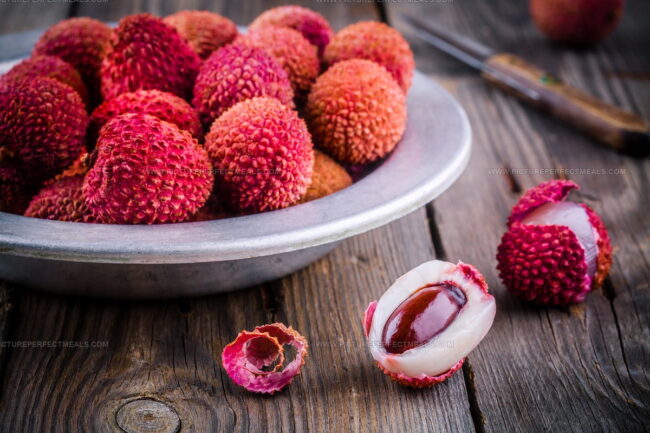
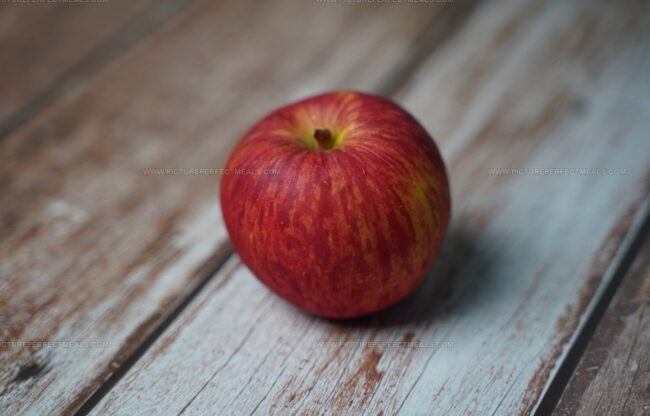
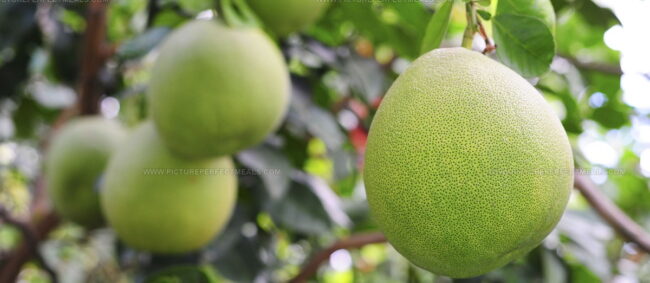
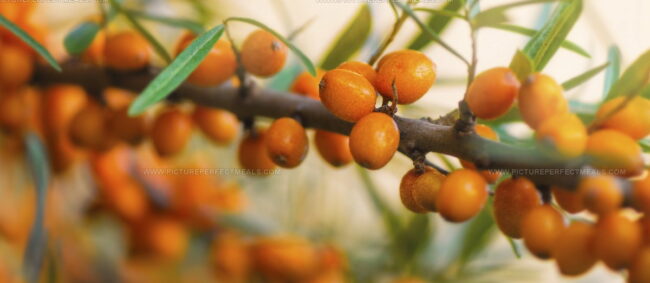


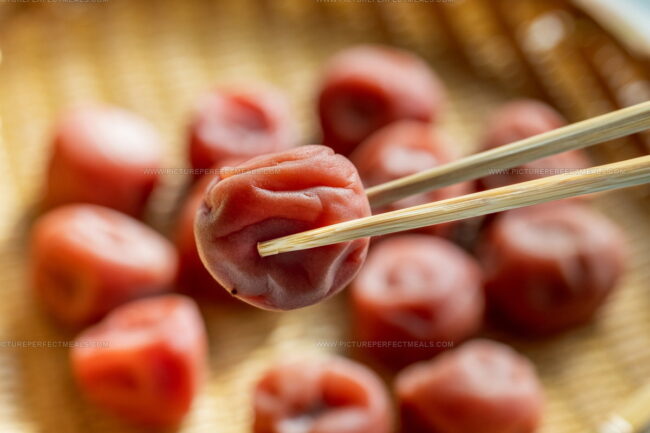
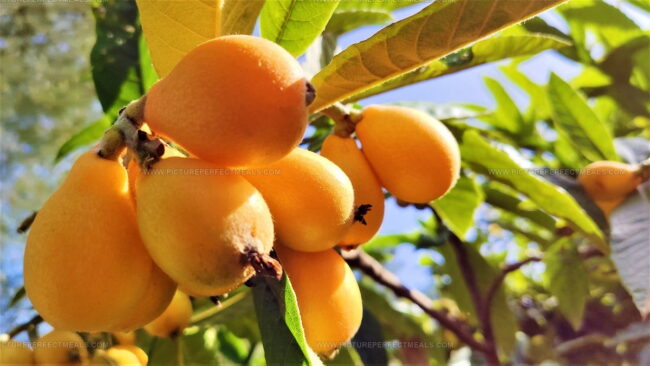
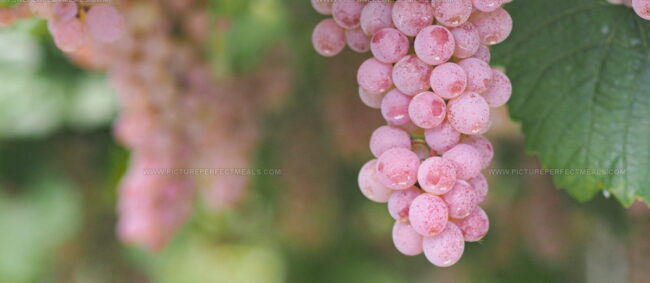
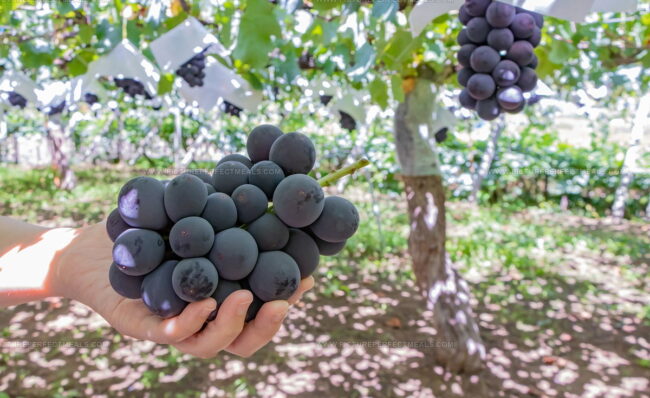

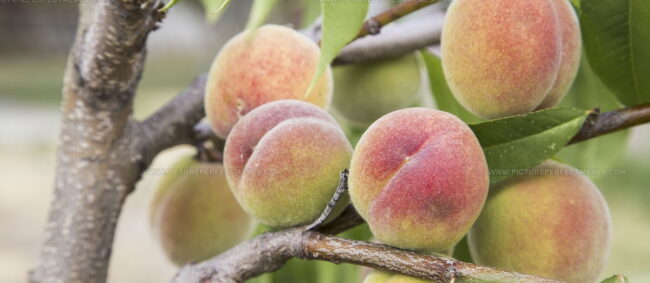
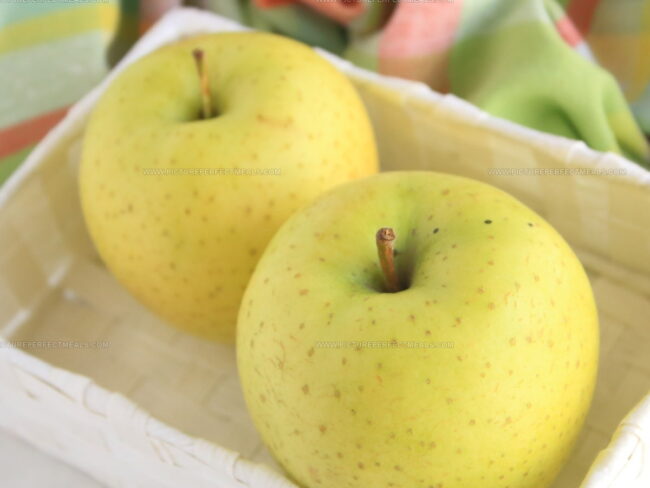
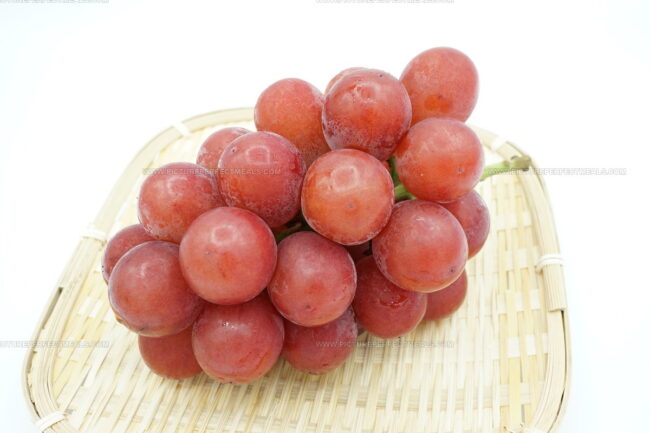


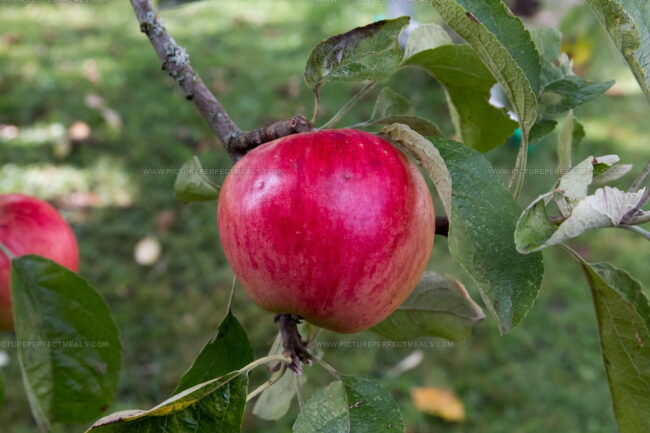
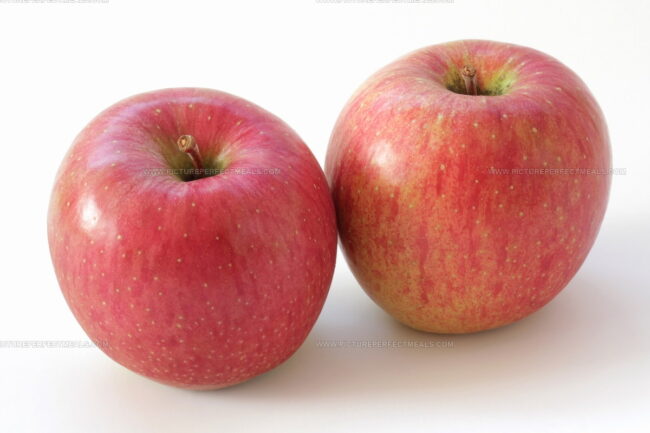



Daves Miller
Contributing Chef & Culinary Educator
Expertise
Education
Sullivan University, Louisville, Kentucky
White Mountains Community College, Berlin, New Hampshire
Daves is the friendly face guiding you through flavorful, fuss-free recipes at Picture Perfect Meals.
He studied culinary arts at Sullivan University and embraced Baking and Pastry Arts at White Mountains Community College. Daves specializes in comforting meals with vibrant flavors, highlighting fresh, seasonal ingredients.